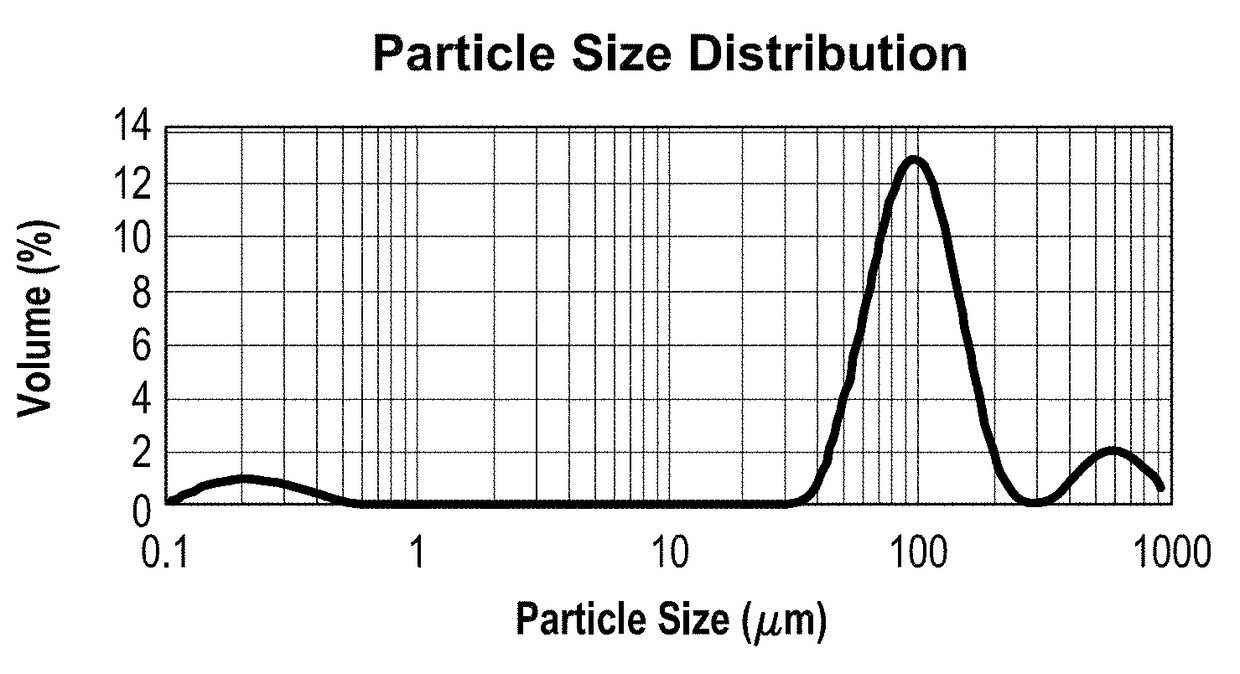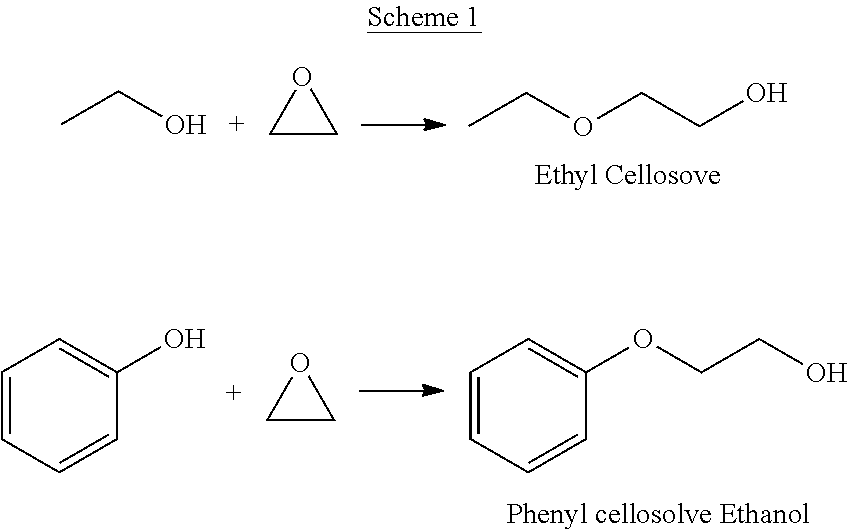Cold processable non-toxic preservative composition for home and personal care products
a non-toxic, cold processable technology, applied in the field of broad application, can solve the problems of difficult preservation of personal care products, and difficult preservation requirements, and achieve the effects of high shear mixing, reduced dispersion, and high speed
- Summary
- Abstract
- Description
- Claims
- Application Information
AI Technical Summary
Benefits of technology
Problems solved by technology
Method used
Image
Examples
example 1
of Blend of N-Undecylenoyl Glycine and N-Capryloyl Glycine (1:1 by Weight)
[0063]To a stirred mixture of glycine (225 g, 3.0 gmol) in water (1700 g) at 25° C. under nitrogen, was added mixture of capryloyl chloride (255 g, 1.54 gmol) and undecylenoyl chloride (255 g, 1.24 gmol) and sodium hydroxide solution (478 g of 48.5% aqueous solution, 5.8 mmol) simultaneously while maintaining temperature between 20 to 25° C. and pH between 9.5 to 10.5. The addition takes 4 to 5 hours depending on the efficiency of temperature control. The reaction mass was stirred for additional two hours. It was further acidified by addition of concentrated hydrochloric acid. The precipitated solid was filtered and washed with plenty of water to remove the mineral acidity. The mixture of lipidated glycines was obtained as solid powder (595 g, 95%) after vacuum drying at 65° C. The dried powder had moisture less than 1% and acid value of 258. The HPLC analysis of powder indicated it to nearly 50:50 ratio of N-...
example 2
on of Flakes of Composite Blend of N-Undecylenoyl Glycine, N-Capryloyl Glycine, Benzoic Acid and Sodium Dehydroacetate in the Ratio of 1:1:1:1 by Weight
[0064]A mixture of N-undecylenoyl glycine, N-capryloyl glycine (500 g) from Example 1, under nitrogen was heated to 85-90° C. To the molten transparent mass, benzoic acid (250 g) and sodium dehydroacetate (250 g) were added and continued to stir for half an hour till the reaction mass became transparent. The reaction mass was converted into flakes by pouring over a cooled surface ensuring the thickness of flakes is 2 to 4 mm. The analysis of the flakes of the above composition is given in table below.
Appearance / NatureOff-white FlakesOdourCharacteristicpH (1% aqueous dispersion)3.5Acid Value, mg KOH / g240Moisture Content, % by massMelting point (in ° C.)55-65
example 3
on of Shampoo and its Preservation with the Composite Blend of Example 2
[0065]
ComponentsTrade Name(% W / W)Phase AWater (Aqua)DM Water70.00Sodium laureth sulphate (70%, 2 EO)Galaxy LES 7020.00Phase BCocomonoethanol amideGalaxy 1003.00Ethylene glycol distearateGalaxy 6102.00Phase CPreservativeComposition of1.0Example 2Caustic Lye, 48%q.s. to pH 6 to 6.5Fragrance, Colorq.s
[0066]Procedure:
[0067]All the ingredients of phase A were heated to 75° C. under slow stirring. To this stirred Phase A, Phase B was added and mixed until homogeneous. The reaction mix was then cooled down to room temperature and phase C was added, and stirred until uniform consistency. pH of the final formulation was adjusted with 48% Caustic Lye and the fragrance and color were added and blended together.
PUM
| Property | Measurement | Unit |
|---|---|---|
| Temperature | aaaaa | aaaaa |
| Fraction | aaaaa | aaaaa |
| Fraction | aaaaa | aaaaa |
Abstract
Description
Claims
Application Information
 Login to View More
Login to View More - R&D
- Intellectual Property
- Life Sciences
- Materials
- Tech Scout
- Unparalleled Data Quality
- Higher Quality Content
- 60% Fewer Hallucinations
Browse by: Latest US Patents, China's latest patents, Technical Efficacy Thesaurus, Application Domain, Technology Topic, Popular Technical Reports.
© 2025 PatSnap. All rights reserved.Legal|Privacy policy|Modern Slavery Act Transparency Statement|Sitemap|About US| Contact US: help@patsnap.com



